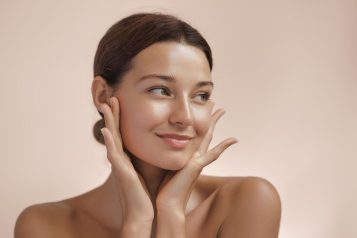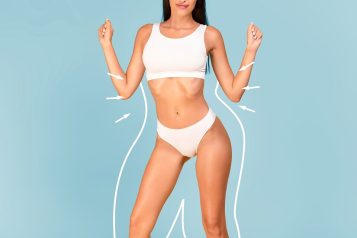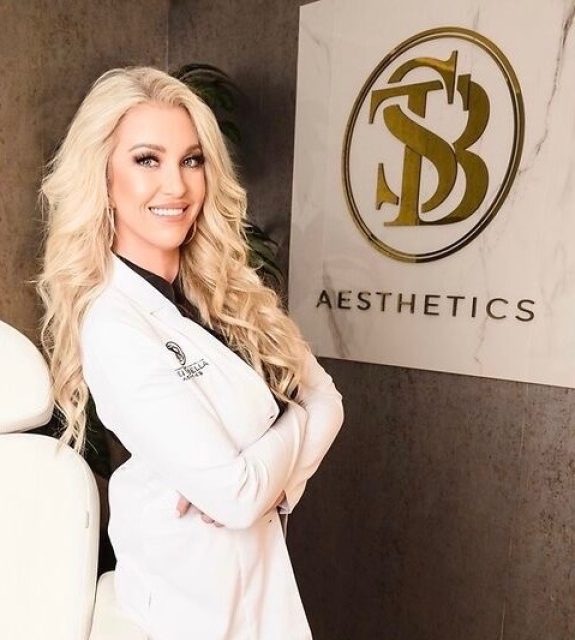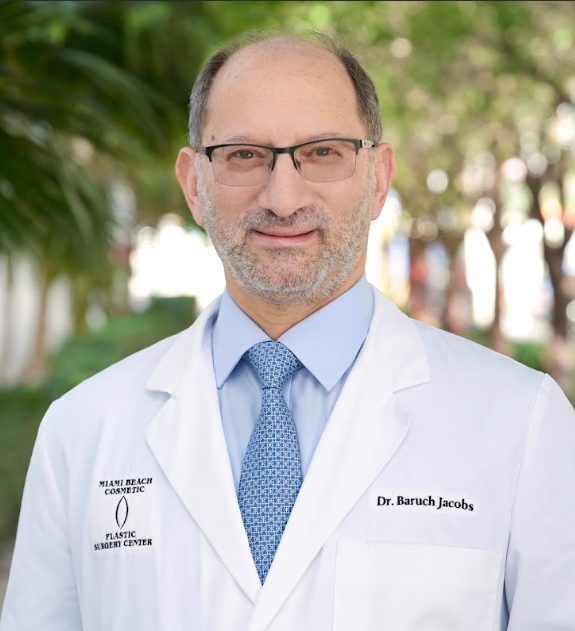 Photo Credit: Courtesy of Drazen Zigic/Shutterstock
Photo Credit: Courtesy of Drazen Zigic/Shutterstock
Iulianna C. Taritsa, BA; Kirsten A. Schuster, MD, JD; Samuel J. Lin, MD, FACS
Runner’s face generally describes the appearance of discolored, wrinkled skin of the face which can look leathery, tired, or older than the individual’s true age. Because runners tend to spend more time exposed to the sun and potentially without sun protection, the UV damage from the sun can cause signs of photoaging over time, which collectively can lead to what is called a “runner’s face.” Prolonged periods outside are associated with high sun exposure. Runners especially may be outside during peak hours of ultraviolet (UV) radiation, which if not protected against, can lead to significant sun damage and even an increased risk of skin cancer (Moerhle). The greater the time and strength of UV exposure, the greater the amount of damage to a runner’s skin (Katiyar et al). It has been shown that sweating can also intensify the effect of sun damage on the skin and the face (Moerhle et al). The sun’s effect on the skin is known as photoaging and has been demonstrated to cause increased wrinkles, poor skin texture, and discoloration (Flament et al).
A benefit of running is that it can help promote a healthy lifestyle and weight loss. Runners may lose fat because of their dedication to exercise, however, there may be the unintentional consequence of losing facial fat if weight loss is more significant. The effects of weight loss on facial changes are well-documented and have been shown to give someone a more gaunt or aged appearance (Coleman & Grover). When an individual is prone to losing fat in the midfacial region, this can cause a sagging, angular, and older appearance to the face (Donofrio; Gierloff et al).
Besides weight loss and photoaging caused by chronic sun exposure, poor hydration may cause the skin to look drier and less firm. Adequate water intake helps maintain skin health (Palma et al). If runners do not adequately hydrate, the overall effect can contribute to the appearance of a “runner’s face.”
Runners, and individuals who spend large amounts of time outside in general, can prevent the effects of skin aging in several ways. First, adequate sun protection is crucial to limit the photoaging effects of UV radiation. Protective clothing, wearing sunglasses and hats, and applying sunscreen (SPF 50 and above, reapplied every two hours) can all help against damaging UV. Runners should be advised to minimize midday running and run in the shade when possible to also decrease total sun exposure. Hydrating properly to avoid dehydration can help keep the skin plump. If major weight loss is a concern for a runner trying to avoid signs of facial aging or gauntness, then maintaining a healthy and adequate caloric intake before or after working out can help maintain body mass and prevent facial fat loss.
References
Moehrle M. Outdoor sports and skin cancer. Clin. Dermatol. 2008;26:12–15. doi: 10.1016/j.clindermatol.2007.10.001.
Katiyar S.K., Matsui M.S., Mukhtar H. Kinetics of UV light-induced cyclobutane pyrimidine dimers in human skin in vivo: An immunohistochemical analysis of both epidermis and dermis. Photochem. Photobiol. 2000;72:788–793. doi: 10.1562/0031-8655(2000)072<0788:KOULIC>2.0.CO;2.
Moehrle M., Koehle W., Dietz K., Lischka G. Reduction of minimal erythema dose by sweating. Photodermatol. Photoimmunol. Photomed. 2000;16:260–262. doi: 10.1034/j.1600-0781.2000.160605.x.
Flament F, Bazin R, Laquieze S, Rubert V, Simonpietri E, Piot B. Effect of the sun on visible clinical signs of aging in Caucasian skin. Clin Cosmet Investig Dermatol. 2013 Sep 27;6:221-32. doi: 10.2147/CCID.S44686. PMID: 24101874; PMCID: PMC3790843.
Coleman SR, Grover R. The anatomy of the aging face: volume loss and changes in 3-dimensional topography. Aesthet Surg J. 2006;26:S4–S9.
Donofrio LM. Fat distribution: a morphologic study of the aging face. Dermatol Surg. 2000;26:1107–1112.
Gierloff M, Stohring C, Buder T, et al. Aging changes of the midfacial fat compartments: a computed tomographic study. Plast Reconstr Surg. 2012;129:263–273.
Palma L, Marques LT, Bujan J, Rodrigues LM. Dietary water affects human skin hydration and biomechanics. Clin Cosmet Investig Dermatol. 2015 Aug 3;8:413-21. doi: 10.2147/CCID.S86822. PMID: 26345226; PMCID: PMC4529263.
For more information, visit Dr. Samuel Lin's social media:





















